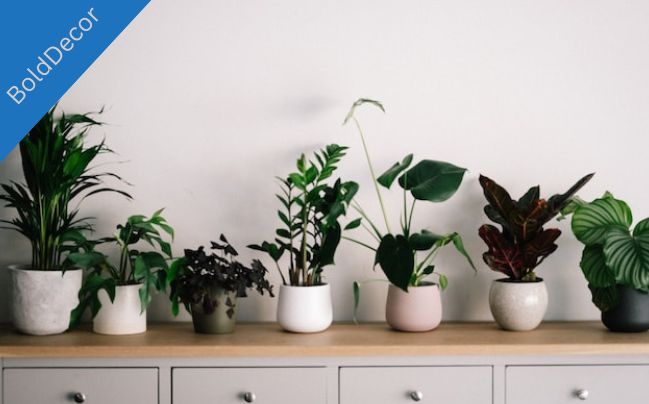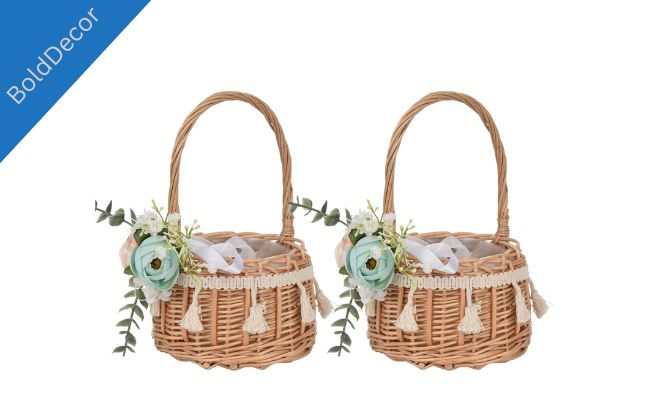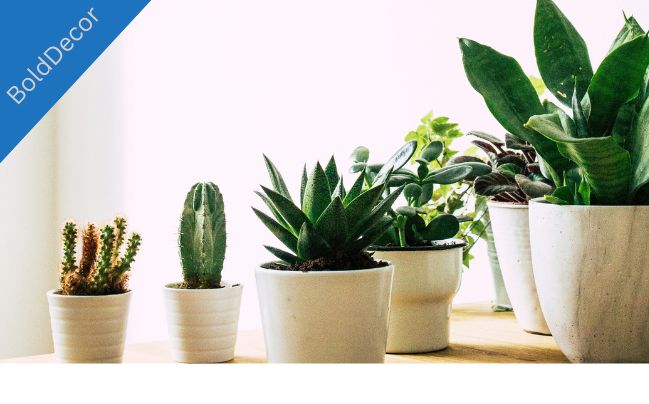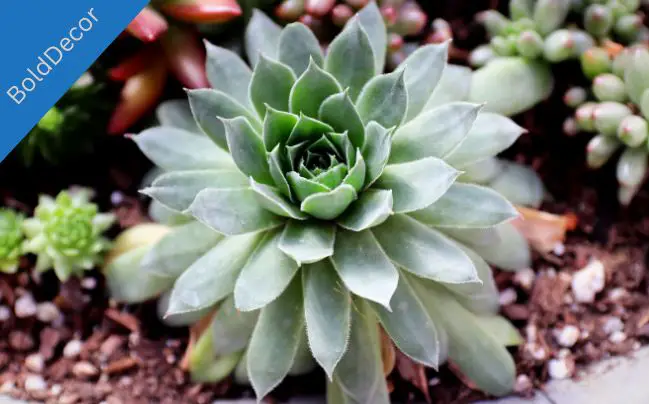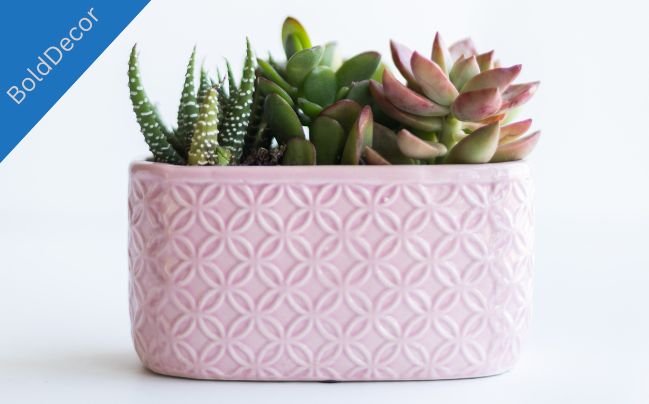As a plant lover, I know that repotting indoor plants can be intimidating, especially if you’re new to gardening. However, repotting your houseplants is an essential part of keeping them healthy and thriving in your home. In this indoor plant repotting guide, I’ll share with you my tips and tricks to help you become an expert in repotting your indoor plants
!Firstly, it’s important to understand why repotting is necessary. Over time, indoor plants outgrow their pots, and their roots become too crowded, resulting in stunted growth or root rot. Repotting your plants gives them more room to grow and access to fresh soil and nutrients, ensuring their survival.
Now, let’s delve into how to repot indoor plants effectively:
Table of Contents
Key Takeaways:
- Repotting your indoor plants is essential for their growth and health.
- Over time, indoor plants outgrow their pots and need more room to grow.
- Repotting gives your plants access to fresh soil and nutrients, ensuring their survival.
- By following the right steps, repotting indoor plants can be a straightforward process.
- This guide will help you become an expert in repotting your indoor plants.
Steps to Repot Indoor Plants
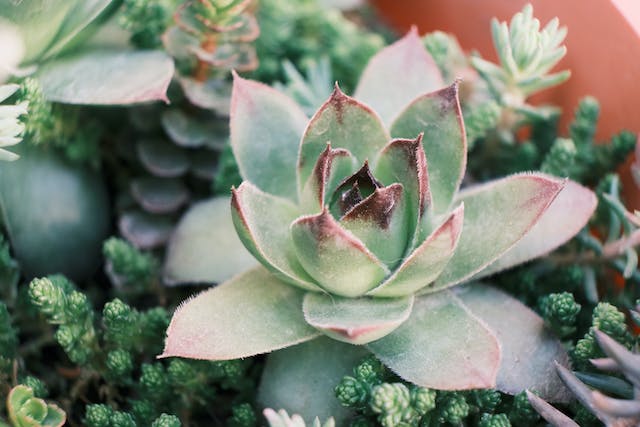
Repotting indoor plants can seem overwhelming, but it’s an essential part of plant care. Follow these steps to ensure your plants thrive in their new home:
Gather the Necessary Materials
Before you begin repotting your indoor plants, gather all the necessary materials. You will need a new pot, potting soil, a trowel or spoon, and a watering can or spray bottle.
Choose the Right Pot Size
When selecting a new pot, choose one that is slightly larger than the current pot to allow for growth. A pot that is too large can lead to over-watering and root rot.
Prepare the Plant and Pot
Carefully remove the plant from its current pot, loosening any roots that may be tangled. If the roots are tightly wound, use a clean pair of scissors to make a few small cuts. Fill the new pot with fresh potting soil, leaving enough space for the plant.
Plant the Indoor Plant
Place the plant in the new pot and fill in the gaps with additional potting soil. Be sure to gently pat down the soil to remove any air pockets. Water the plant thoroughly.
Best Practices for Repotting Indoor Plants
It’s essential to follow a few best practices when repotting indoor plants:
- Be gentle with the roots to avoid damage or shock to the plant.
- Use fresh potting soil to provide the plant with the necessary nutrients.
- Water the plant thoroughly after repotting to help it adjust to its new environment.
- Don’t fertilize the plant for a few weeks after repotting to avoid stressing it out.
Tips for Repotting Indoor Plants
Here are some additional tips to remember when repotting indoor plants:
- Repot plants during their active growing season for the best results.
- Choose a pot with drainage holes to allow excess water to escape.
- If you’re repotting a flowering plant, remove any dead flowers or buds before transplanting.
- Consider adding a layer of rocks or pebbles to the bottom of the pot for additional drainage.
When to Repot Indoor Plants
Most indoor plants should be repotted every 12-18 months or when they outgrow their current pot. Signs that it’s time to repot include roots growing out of the drainage holes, the soil drying out quickly, or yellowing leaves.
Note: Some indoor plants, like succulents, prefer to be slightly root-bound and may not need repotting as frequently as other plants.
Bottom line
As I mentioned earlier, choosing the right pot for your indoor plants is crucial for their growth and health. The pot should be spacious enough to accommodate the roots and leave some room for growth. It should also have drainage holes to allow excess water to escape and prevent root rot.
Similarly, selecting the right soil for your indoor plants is essential. You can use pre-mixed soil or make your own by combining potting soil, perlite, and peat moss. This mixture will provide your plants with the necessary nutrients and good drainage, allowing them to thrive in their new pot.
Once you have chosen the right pot and soil, it’s time to repot your indoor plant. Make sure to follow the steps outlined in the previous section to ensure a successful process.
Remember to take care of your indoor plants regularly, including watering and fertilizing. With proper care and attention, your indoor plants will continue to thrive and beautify your home.
FAQ
How often should I repot indoor plants?
It is generally recommended to repot indoor plants every 1-2 years, or whenever the plant outgrows its current pot.
What type of pot should I use for repotting indoor plants?
When repotting indoor plants, it is best to choose a pot that is one size larger than the current pot. Make sure the new pot has drainage holes at the bottom to allow excess water to escape.
What kind of soil should I use for repotting indoor plants?
For repotting indoor plants, it is recommended to use a well-draining potting mix specifically designed for indoor plants. Avoid using garden soil, as it may not provide the proper nutrients and drainage needed.
How do I know if my indoor plant needs to be repotted?
Signs that your indoor plant needs to be repotted include root crowding, roots growing out of the drainage holes, slowed growth, or water running straight through the pot without being absorbed.
Can I repot my indoor plant at any time of the year?
While repotting can be done throughout the year, it is generally best to repot indoor plants during the spring when they are entering their active growth phase.
Should I water my indoor plant immediately after repotting?
After repotting, it is important to water your indoor plant thoroughly to help settle the soil and ensure proper hydration. However, avoid overwatering as this can lead to root rot.
Can I use decorative pots without drainage holes for repotting indoor plants?
It is not recommended to use decorative pots without drainage holes for repotting indoor plants, as they can lead to water accumulation and root rot. If you want to use a decorative pot, keep the plant in a plastic nursery pot with drainage and place it inside the decorative pot.
Do I need to fertilize my indoor plant after repotting?
After repotting, it is generally best to wait a few weeks before fertilizing your indoor plant to allow it to adjust to its new environment. Follow the instructions on the fertilizer packaging for proper application.

